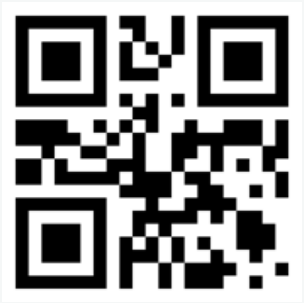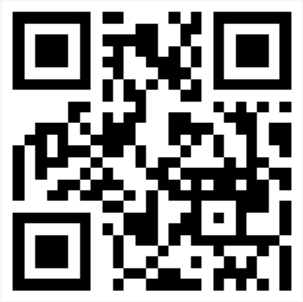The code is still here and you can still clone it, however the library will not receive any more updates or support.
Lightweight framework for QR scanning and generation
- iOS 9.0+
github "nodes-ios/QRIO"
pod "QRIO"
Creating a QR Code:
It's as easy as
let image = UIImage.QRImageFrom(string: "Hello World!")This will return a UIImage:
You can also adjust the size of the generated image, which will give you a clearer image, and the correction level, which adds more error protection, by using the optional parameters:
let image = UIImage.QRImageFrom(string: "Hello World!",
containingViewSize: imageView.bounds.size,
correctionLevel: "M")Scanning a QR Code:
You will need to create an instance of QRIO and maintain a strong reference to it:
let qrio = QRInput()
func scanForQR() {
qrio.scanForQRImage() { (string) in
print(string) // Prints "Hello World!" when using the QR codes above
}
}You can optionally pass a view to display the preview video in, and also a rect of interest to focus the detection.
let qrio = QRInput()
func scanForQR() {
qrio.scanForQRImage(previewIn: previewContainer, rectOfInterest: hotspotView.frame) { (string) in
print(string) // Prints "Hello World!" when using the QR codes above
}
}And that's it! If you need to end QR scanning, you can call finish() on your QRIO object.
Made with ❤️ at Nodes.
QRIO is available under the MIT license. See the LICENSE file for more info.

